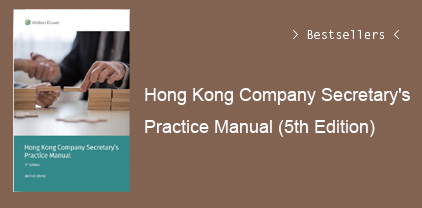There are many considerations that influence how a transaction is structured, including tax considerations. The most basic tax issue is whether to structure the transaction as taxable or tax-free. In general, there are four basic structures for a corporate acquisition: (1) a taxable acquisition of a target corporation’s stock; (2) a taxable acquisition of a target corporation’s assets; (3) a tax-free acquisition of the target corporation’s stock; or (4) a tax-free acquisition of a target corporation’s assets.
While at first blush, it may seem that it is always more desirable to structure a transaction as tax-free, this is not always the case. As an initial matter, the requirements for structuring a transaction as a tax-free reorganization, which are set forth in § 368, are quite strict. The strictures imposed by § 368 may not always be compatible with the business objectives of the parties to the transactions, making resort to a taxable structure more desirable. If the fair market value of a target corporation’s assets is greater than the target’s basis in such assets, the purchaser may wish to acquire a fair market value basis (i.e., a stepped up basis) in such assets, something that is only possible in a taxable asset acquisition or a taxable stock acquisition for which a § 338 election is made.
Tax Accounting in Mergers and Acquisitions gives in-depth, practical coverage of today's key issues in corporate acquisitions, dispositions, reorganizations, and restructurings from a transactional perspective. It will help your client:
1. Decide if the transaction should be taxable or nontaxable.
2. Structure the deal for the best results--stock or asset acquisition.
3. Achieve desired business objectives.
This book considers the tax accounting implications of structuring and restructuring transactions including those described in Code §§351 (Transfer to Corporation Controlled by Transferor), 338 (Certain Stock Purchases Treated as Asset Acquisitions), 381 (Carryovers in Certain Corporate Acquisitions), 721 (Nonrecognition of Gain or Loss on Contributions to a Partnership), and 1001 (Gain or Loss on Disposition of Property). It discusses the rules relative to a taxpayer’s ability to carry over methods of accounting, to obtain audit protection through filing accounting method changes, to preserve favorable methods of accounting, to determine the effect of the transaction on any unamortized Code §481(a) adjustments (Adjustments Required by Changes in Accounting Methods), and to use the chosen structure as a means of achieving appropriate tax accounting objectives. In addition, it describes some of the most common types of accounting method exposure items that arise during the course of due diligence and some of the alternatives for mitigating exposure to the buyer. Furthermore, it describes the most significant anti-abuse rules that prevent taxpayers from unreasonably taking advantage of these provisions. Finally, it addresses some of the pitfalls that taxpayers should take into account in structuring transactions.
































